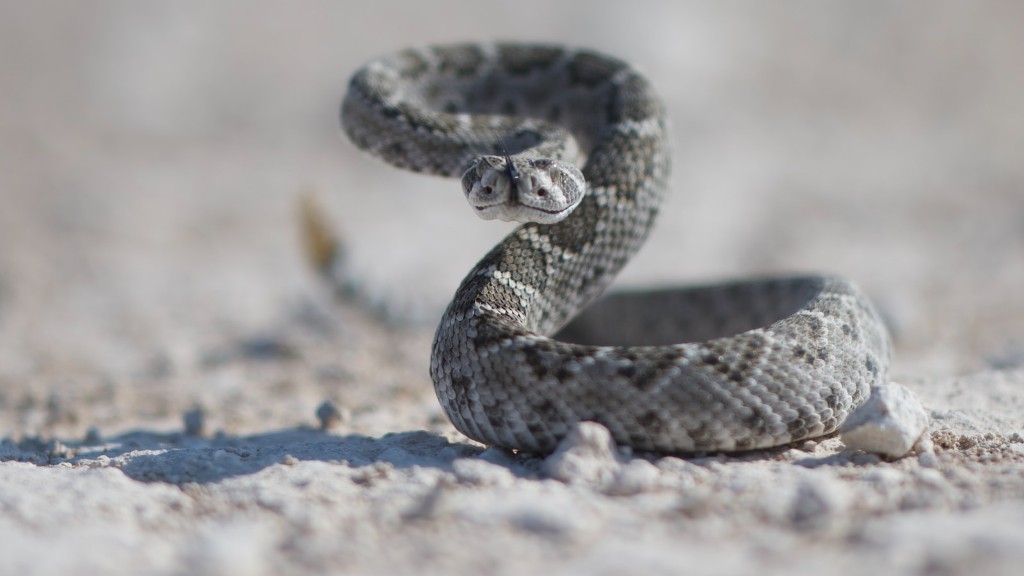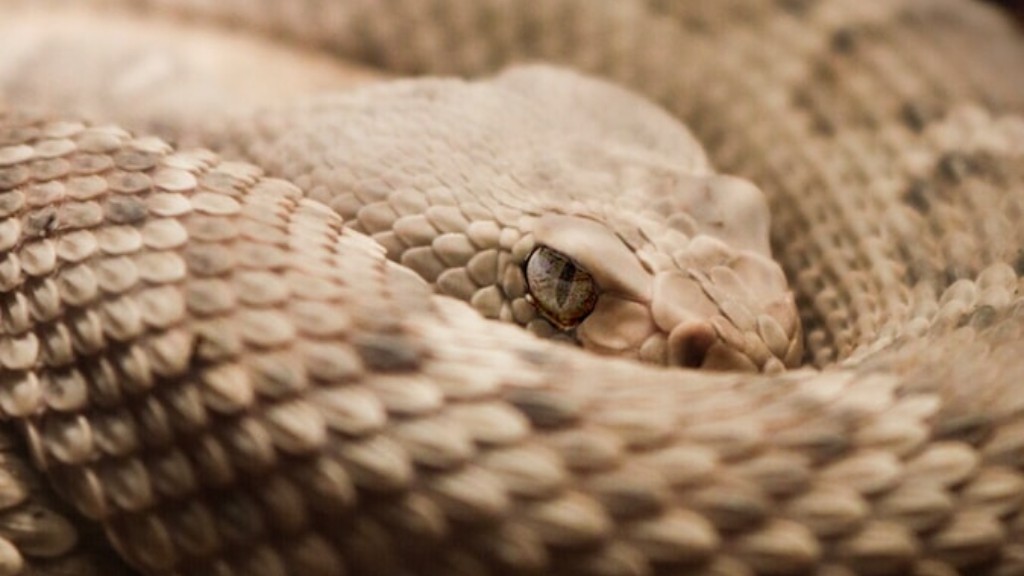Is Rattlesnake Antivenom Made from Sheep Blood?
Rattlesnakes are venomous reptiles found in various parts of the world. Their venom poses a significant threat to humans, often causing severe pain, tissue damage, and even death. To combat the effects of rattlesnake bites, antivenom is commonly used. It is a medical preparation composed of antibodies that neutralize the venom’s toxic components.
One may wonder about the origin of these crucial antidotes and whether sheep blood plays a role in their production. This article aims to provide a comprehensive explanation regarding the manufacture of rattlesnake antivenom and its potential connection to sheep blood.
The Production of Rattlesnake Antivenom
The production of rattlesnake antivenom is a complex and intricate process that involves multiple stages. It begins with the collection of venom from venomous snakes, typically rattlesnakes. Due to ethical considerations, this process can only be performed under strict laboratory conditions and by qualified personnel.
Once the venom is obtained, several steps are employed to transform it into an effective antivenom. The venom is first fractionated, wherein its components are separated based on their chemical properties. This process allows the isolation of specific toxins responsible for the snakebite’s harmful effects.
After fractionation, the toxic components are injected into animals, commonly horses and sheep, in small and controlled doses. These animals immunological systems recognize the foreign substances and start producing antibodies to neutralize them. Over a period of time, the animals are repeatedly exposed to the venom, which results in the production of a large amount of specific antibodies in their blood.
The Role of Sheep Blood in Rattlesnake Antivenom
While horses have historically been the preferred animals for antivenom production, sheep have also been utilized in recent years. The antibodies generated in these animals’ bloodstreams are the essential components of the antidote.
Sheep offer several advantages for antivenom production. They are smaller compared to horses, making handling and management more convenient. In addition, their blood contains high antibody concentrations even after exposure to venom, resulting in a more potent antivenom. Furthermore, sheep have a shorter antibody response time, enabling quicker production cycles.
Once the required antibodies are present in the animals’ blood, it is time to collect the precious venom-neutralizing substance. The animals are carefully and humanely bled, and the blood is subjected to a separation process called plasmapheresis. This technique allows for the extraction of plasma, the antibody-rich component of blood, while returning the remaining blood components to the animal’s circulation.
The plasma obtained from sheep, containing the antibodies capable of neutralizing rattlesnake venom, is then further processed and purified in laboratory conditions. Scientists employ advanced technologies to remove impurities and concentrate the active ingredients, resulting in a highly effective and reliable antivenom product.
Ensuring Safety and Efficacy
The production of rattlesnake antivenom is governed by strict regulations and quality control measures to ensure safety and efficacy. Extensive testing is conducted throughout the manufacturing process to evaluate the antivenom’s potency, reliability, and absence of contaminants.
Animal welfare is of utmost importance in this context. Techniques and protocols are in place to guarantee the animals’ well-being throughout their involvement in the antivenom production. Ethical considerations and guidelines related to animal experimentation are followed diligently, minimizing any potential harm or distress experienced by the animals.
Moreover, manufacturing facilities adhere to Good Manufacturing Practice (GMP) guidelines. This ensures that the antivenom production process consistently meets the required quality standards. GMP encompasses stringent control of raw materials, meticulous documentation, and robust quality assurance procedures.
Conclusion
Rattlesnake antivenom, a vital component in the treatment of rattlesnake bites, is produced through a meticulous process involving venom extraction, fractionation, immunization of animals, and subsequent purification. While historically horses have been the primary choice for antivenom production, the use of sheep in recent years has demonstrated several advantages, such as higher antibody concentrations and shorter antibody response times. These traits contribute to the production of a more potent antivenom.
The involvement of sheep in rattlesnake antivenom production is integral to the efficacy of the treatment. Through ethical and regulatory practices, the manufacture of antivenom aims to ensure both the effectiveness of the product and the welfare of the animals involved. As research and technology continue to advance, it is likely that the production process will further evolve, providing even safer and more efficient antivenom options in the future.



